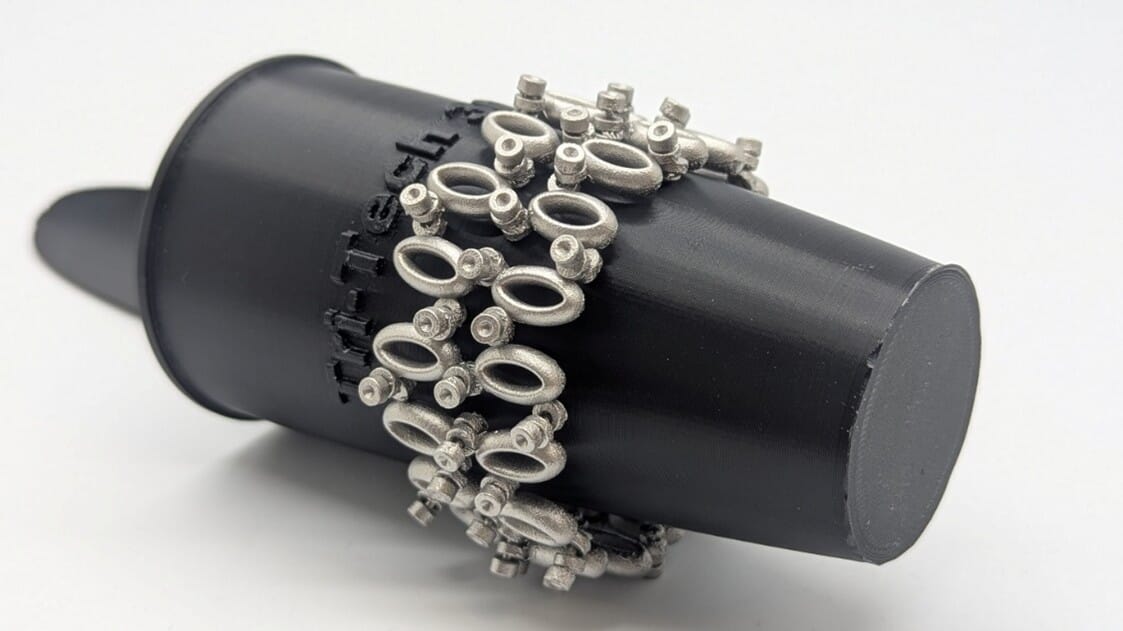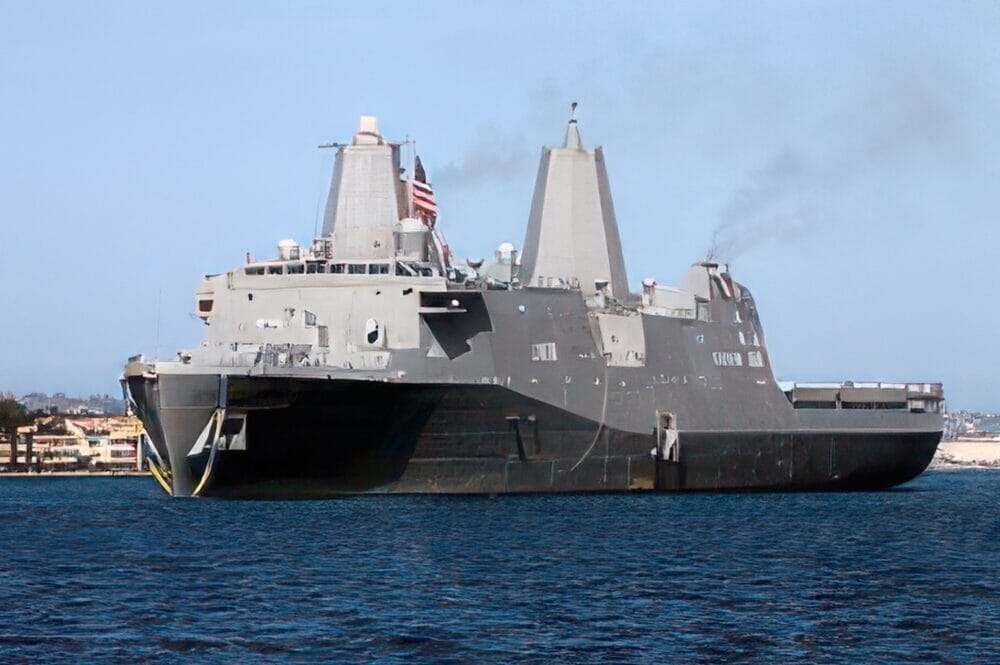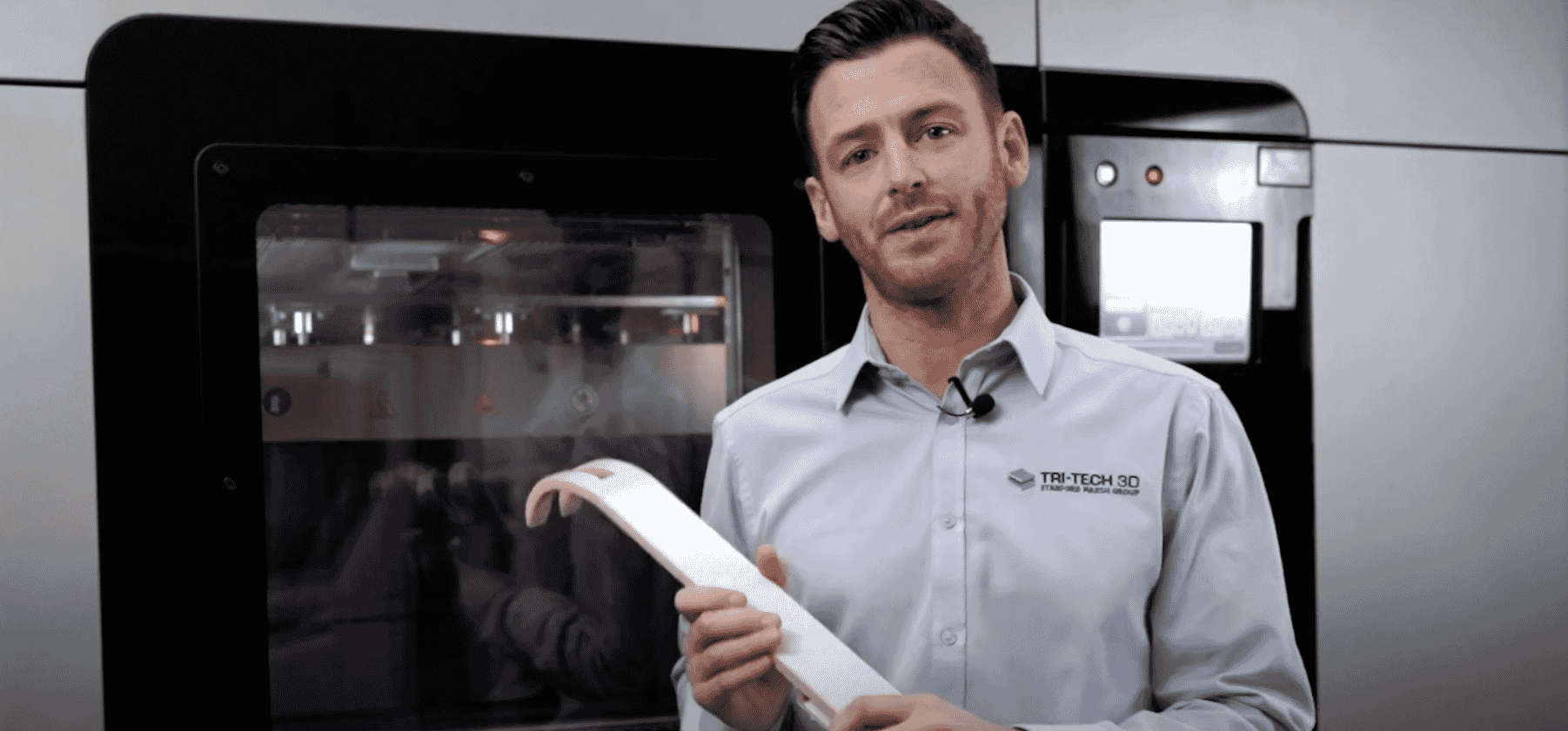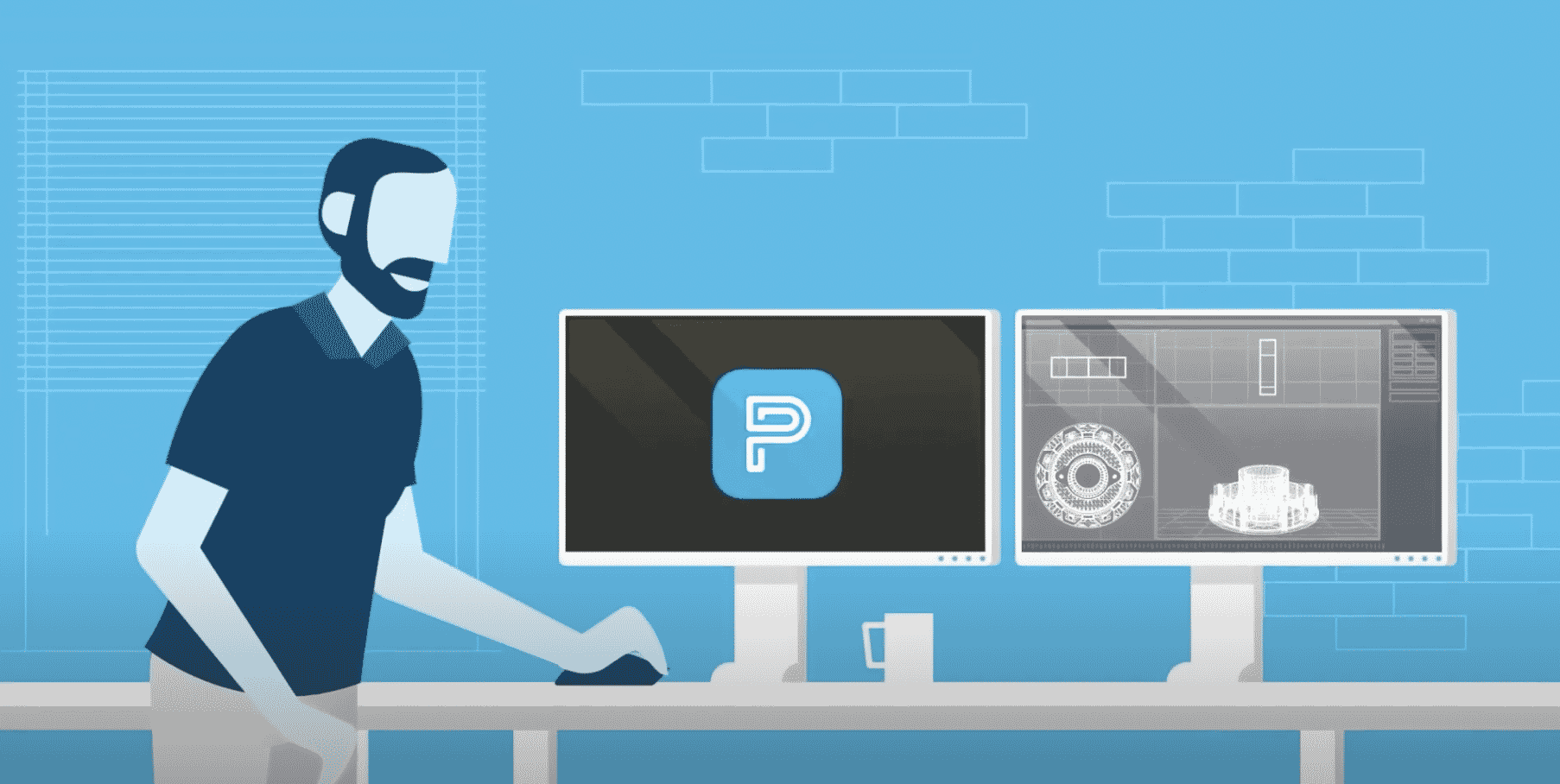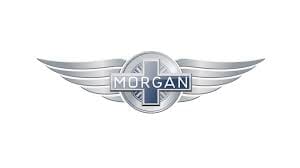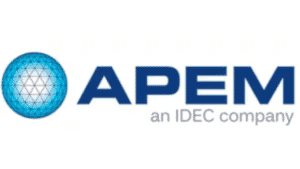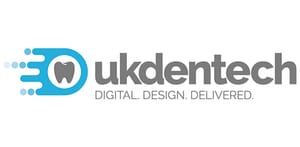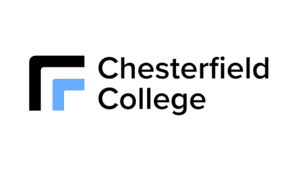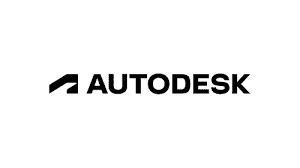Personalised 3D printing transforms reconstructive operations and significantly reduces surgery time
University Hospital Birmingham in England is delivering improved outcomes for head and neck cancer patients, with the hospital reporting reduced surgery times of up to three hours through the use of tailored, 3D printed cutting guides.
This success is attributed to the integration of a Stratasys J5 MediJet™ 3D printer that enables the hospital to create highly accurate, patient-specific cutting guides ahead of operations, transforming the way tumours are removed from head and neck cancer patients. Previously, these would have been created by cutting and bending a piece of metal by hand while the patient was on the operating table, resulting in a time-consuming process with a large margin for error.
The ideal medical 3D print solution
Using 3D printing, the surgical team can now produce highly accurate devices using patient scans, with a resolution of within 150 microns, helping to support surgical outcomes. These are produced in Biocompatible Clear MED610™; a rigid, transparent resin suitable for applications requiring long-term contact (more than 30 days) with intact skin and limited contact (up to 24 hours) with tissue, bone or mucosal membranes.
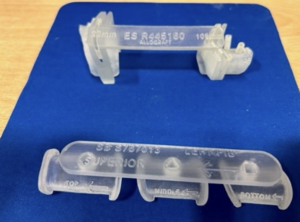
Stefan Edmondson, Consultant Clinical Scientist (Reconstructive Science) at University Hospital Birmingham commented:
In addition to saving up to three hours of surgery time, 3D printing also enables much better surgical planning. Using patient scans, the team is able to create 3D visualisations based on the distinct anatomy of each patient – and then leverage 3D printing technology to produce both anatomical models and personalised surgical cutting guides ahead of the actual operation.
According to the hospital, taking a segment of a patient’s fibula and moulding it into the exact shape and size to transplant into the target area within the head or neck, while ensuring bone tissue is kept alive, is a highly complex process in which 3D printing really demonstrates superior capabilities over conventional methods.
Stefan commented further:
This capability means we can not only accurately predict the surgery before it’s done, but that we have the tools to ensure that the meticulous pre-surgical planning can be executed with the utmost precision. The surgical team is also much better prepared and the patient is far more at ease, as we can talk through the process and expected outcomes prior to going into the operating theatre.
Stratasys’ GrabCAD Print Software that works alongside this printer, has also proven to deliver additional benefits. Its ability to automatically build support material contributes to the overall end-to-end timesaving facilitated by the 3D printing workflow.
Why Stratasys and Tri-Tech 3D?
A pioneer in using additive manufacturing for medical applications, University Hospital Birmingham has long-standing experience with various Stratasys 3D printers and technologies. The hospital’s multi-material, full colour printer was acquired through Stratasys’ UK based reseller, Tri-Tech 3D.
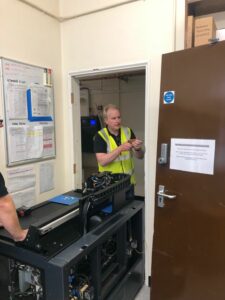
Stefan commented:
Stratasys is the gold standard of 3D printers – something that is exemplified in the J5 MediJet. Beyond its ability to produce highly accurate cutting guides and brilliantly vivid anatomic models that are biocompatible and sterilisable, it is really easy to use, which makes it a winner with our team.
Launched in 2021, the J5 MediJet™ gives users the ability to create multi-material, full colour prints in a single tray. Hosted in a single office-friendly platform, which reduces outsourcing costs or the need for multiple printers, the system is built to maximise reliability and simplify maintenance.


